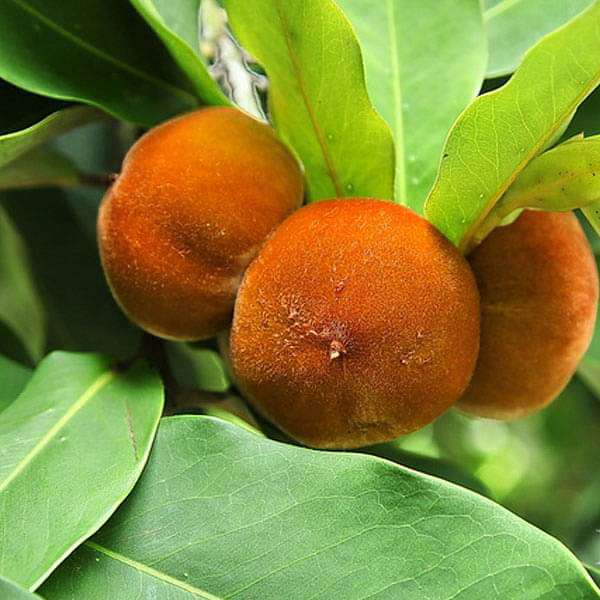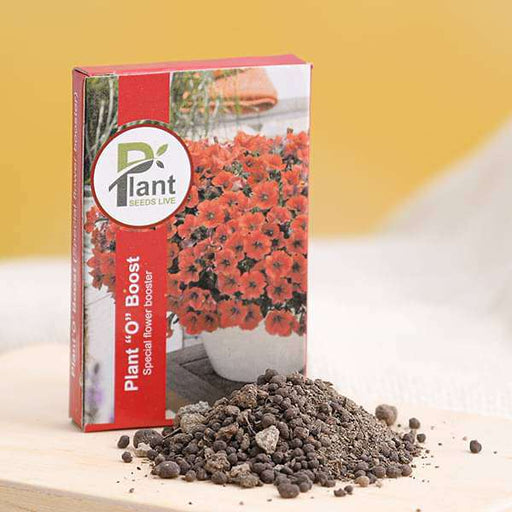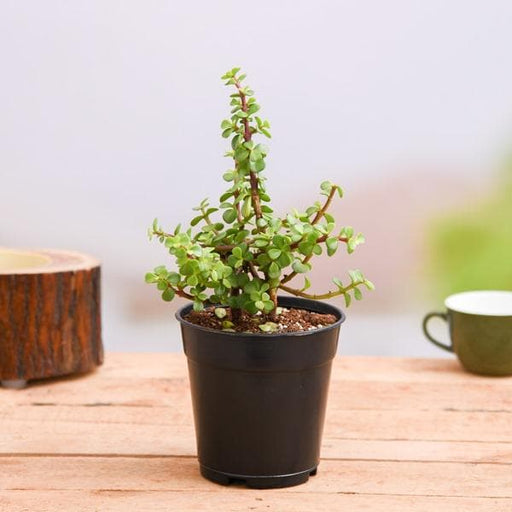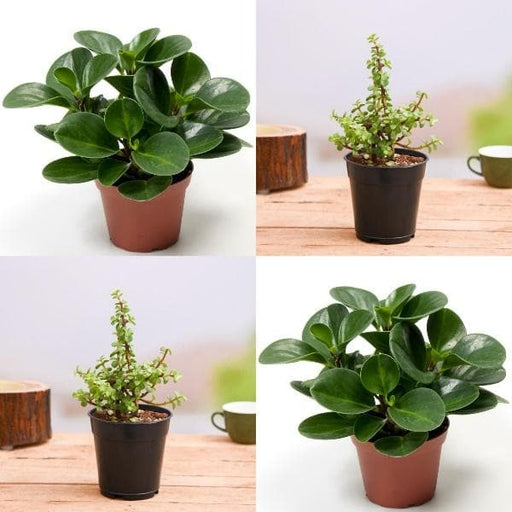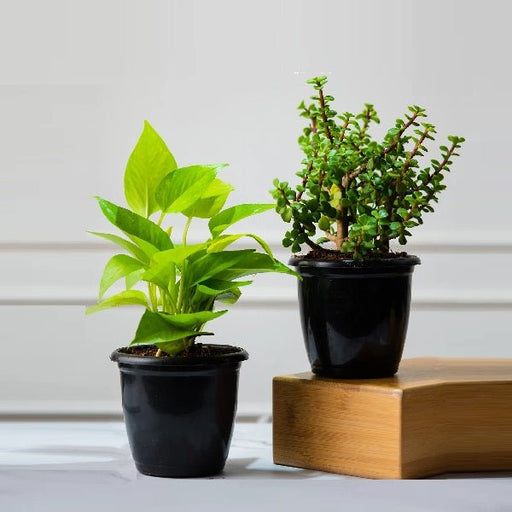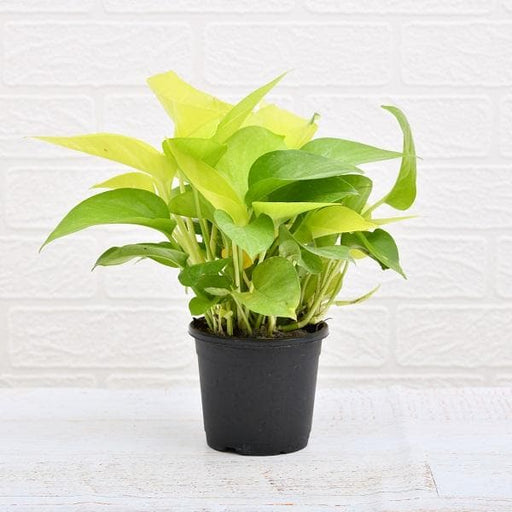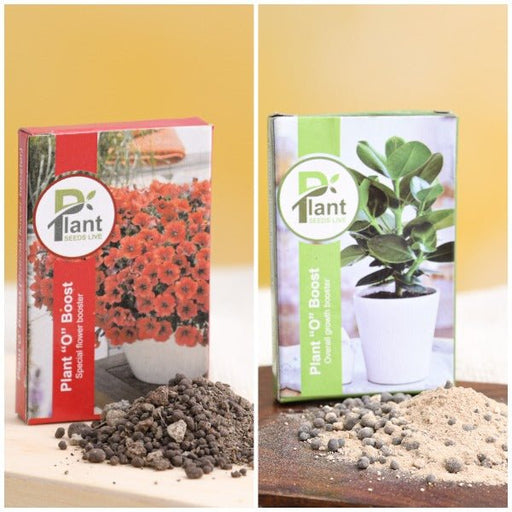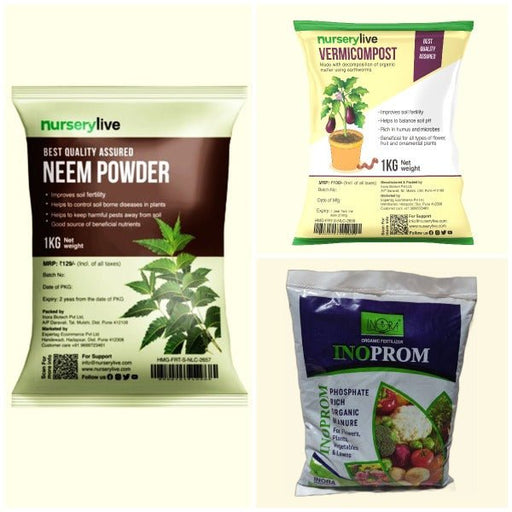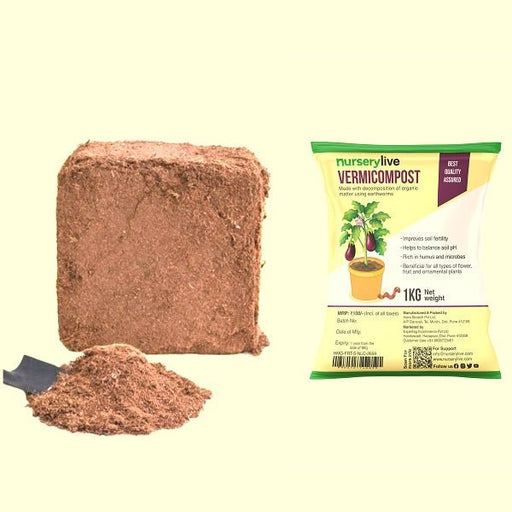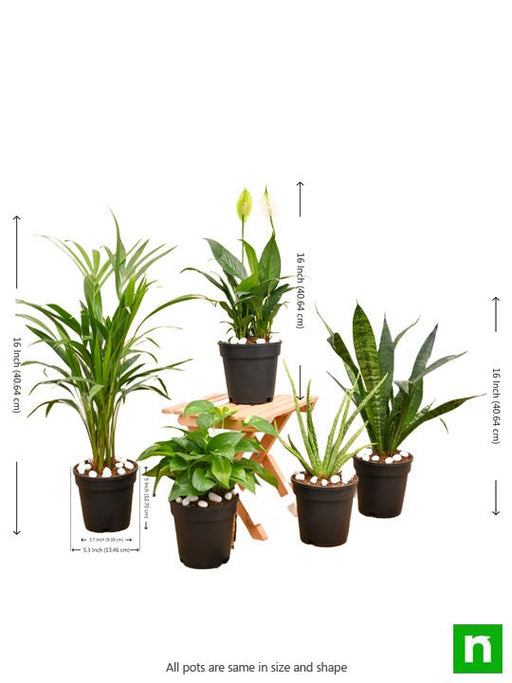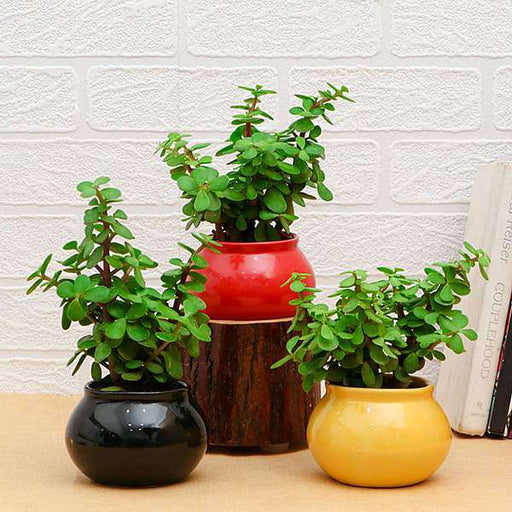Diospyros blancoi
Ah, the star of the show! Diospyros blancoi, commonly known as Mabolo or Temburini, is a tropical tree that’s not just a pretty face. With its glossy leaves and fragrant flowers, it’s like the celebrity of the plant world, always turning heads. This tree is native to the Philippines and is known for its delicious fruit, which some say tastes like a cross between a peach and a chocolate pudding. Who wouldn’t want a tree that doubles as a dessert?
Mabolo fruit
The Mabolo fruit is the cherry on top of the Diospyros blancoi experience. This velvety, brown fruit is often referred to as the “velvet apple.” It’s not just a catchy name; it’s a sensory delight! With its creamy texture and sweet, aromatic flavor, it’s like nature’s candy. Just be careful—once you taste it, you might find yourself daydreaming about it during boring meetings.
Temburini tree benefits
The Temburini tree isn’t just a pretty sight; it’s a multitasker! Beyond its aesthetic appeal, it offers a plethora of benefits. Its fruit is rich in vitamins and antioxidants, making it a health superstar. Plus, the tree’s wood is durable and often used in furniture making. So, while you’re enjoying a slice of Mabolo, you can also appreciate the craftsmanship of a Temburini table. Talk about a win-win!
Growing Diospyros blancoi
Thinking of adding a touch of tropical flair to your garden? Growing Diospyros blancoi is like hosting a party where the guest of honor is a tree! This beauty thrives in well-drained soil and loves a sunny spot. With a little TLC, you’ll be rewarded with stunning foliage and delicious fruit. Just remember, patience is key—good things come to those who wait, especially when it comes to fruit-bearing trees.
Mabolo tree care
Caring for a Mabolo tree is like nurturing a diva; it requires attention and love. Regular watering, especially during dry spells, is essential. Pruning helps maintain its shape and encourages healthy growth. And don’t forget to keep an eye out for pests—this tree deserves the royal treatment! With the right care, your Mabolo will flourish and reward you with its luscious fruit.
Diospyros blancoi propagation
Want to spread the love of Diospyros blancoi? Propagation is the way to go! You can start from seeds or cuttings, but seeds are the more popular choice. Just soak them overnight, plant them in well-draining soil, and watch the magic happen. It’s like starting a new chapter in your gardening saga. Soon, you’ll have a mini forest of Mabolo trees, ready to impress your friends.
Mabolo nutritional value
The nutritional value of Mabolo fruit is nothing short of impressive. Packed with vitamins A and C, it’s a guilt-free treat that can boost your immune system. Plus, it’s a great source of fiber, making it a perfect addition to your healthy diet. Who knew that indulging in something so delicious could also be good for you? It’s like having your cake and eating it too—if the cake were a fruit!
Temburini culinary uses
The culinary uses of Temburini are as diverse as your favorite recipe book. From smoothies to desserts, the Mabolo fruit can elevate any dish. Its unique flavor profile makes it a fantastic ingredient in jams, jellies, and even savory dishes. Imagine a Mabolo-infused sauce drizzled over grilled chicken—now that’s a culinary adventure waiting to happen!
Diospyros blancoi habitat
Diospyros blancoi thrives in tropical climates, making it the ultimate sun-seeker. It loves well-drained, fertile soil and can often be found in forests or along riverbanks. This tree is a true nature lover, soaking up the sun and enjoying the company of other tropical flora. If you’re looking to create a mini rainforest in your backyard, this is the tree to plant!
Mabolo tree symbolism
The Mabolo tree carries a wealth of symbolism in various cultures. Often associated with abundance and prosperity, it’s a tree that brings good vibes wherever it grows. In some traditions, it’s seen as a symbol of love and fertility, making it a popular choice for planting during special occasions. So, if you’re looking to add a touch of meaning to your garden, the Mabolo tree is your go-to!
Temburini environmental impact
The Temburini tree isn’t just a pretty face; it plays a vital role in its ecosystem. It provides shade and habitat for various wildlife, contributing to biodiversity. Plus, its ability to absorb carbon dioxide makes it an eco-friendly choice for those looking to combat climate change. Planting a Diospyros blancoi is like giving Mother Nature a high-five—what’s not to love?
